
Numismatics is a serious scientific discipline or enthusiastic collection of ancient coins
Numismatics (from the Latin "nomisma") is an auxiliary scientific discipline that deals with the study of coins, specifically their production (minting) and circulation as a means of payment. Numismatics is also known as the collection of coins - a popular hobby in many countries around the world.
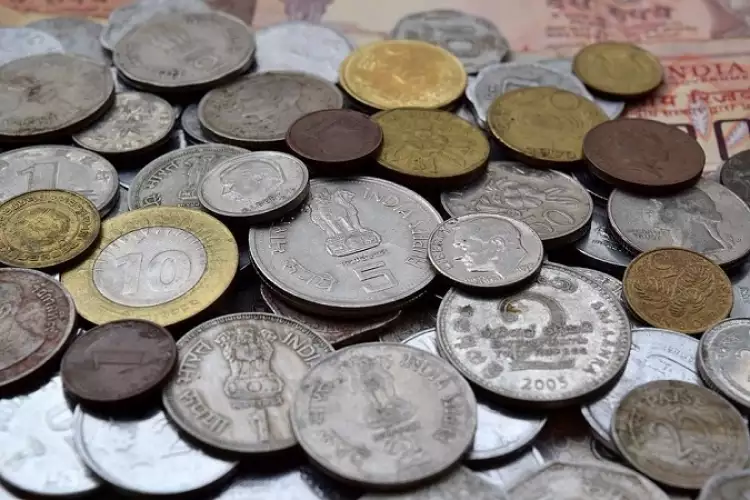 Numismatics. A selection of coins of different denominations and eras
Numismatics. A selection of coins of different denominations and eras
Numismatics is rightfully considered an important part of historical science. Thanks to coins discovered during archaeological excavations, specialists can determine the age of the find (hoard) and obtain valuable information in the fields of economic, political, and cultural life of our ancestors. Detailed study of ancient artifacts helps scientists reconstruct real historical facts and processes of past epochs.
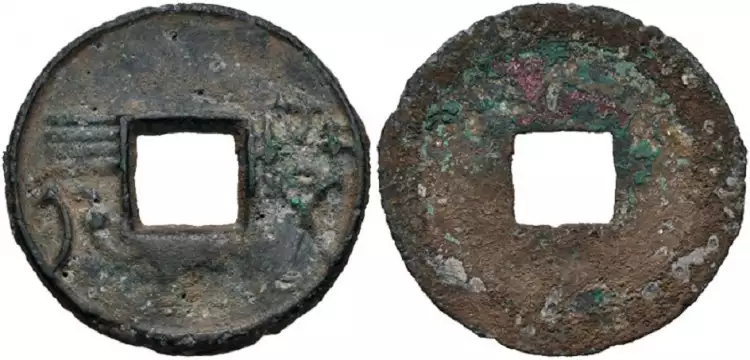 Numismatics. Chinese coin from the Eastern Zhou Dynasty, 3rd century BC
Numismatics. Chinese coin from the Eastern Zhou Dynasty, 3rd century BC
History of Numismatics
Numismatics as a scientific discipline emerged relatively recently, in the early 19th century. The first officially documented use of this term dates back to 1829, and a few years later, the German scientist Hermann Grote founded a specialized journal called "Numismatic Gazette" in Leipzig, where he published the definition, objectives, and methods of this new socio-historical science.
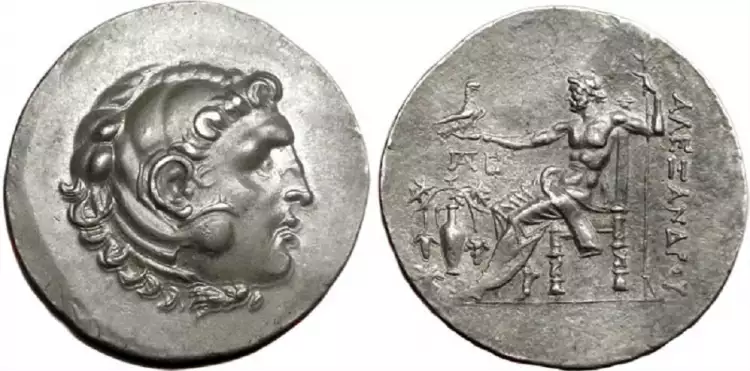 Numismatics. Tetradrachm of Alexander the Great from the Mint of Temnos, circa 188-170 BC
Numismatics. Tetradrachm of Alexander the Great from the Mint of Temnos, circa 188-170 BC
However, coin collecting as a hobby originated much earlier, in the 14th century in Italy. Initially, it was considered an elite pastime, and the objects of collection were metal monetary signs from ancient times found during excavations. One of the first numismatists-amateurs was the famous Italian poet Francesco Petrarca, who assembled an impressive collection of ancient Roman coins and presented a part of it to Emperor Charles IV in 1355.
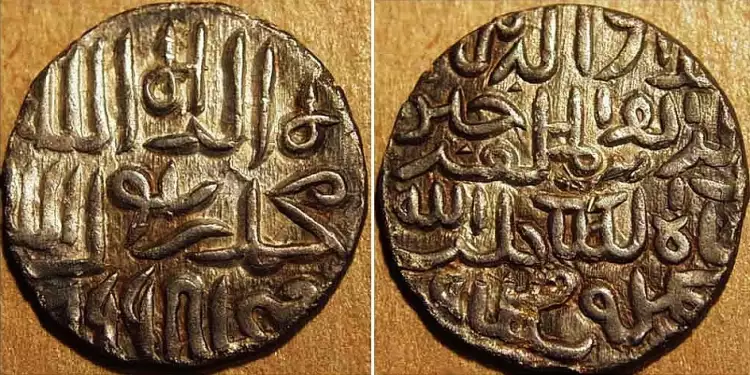 Numismatics. Coin of Alauddin Hussein Shah, early 16th century
Numismatics. Coin of Alauddin Hussein Shah, early 16th century
Until the beginning of the 19th century, numismatics remained a hobby accessible only to the wealthiest individuals. Many rulers of Europe were well-known coin collectors, including:
- Pope Boniface VIII of Rome.
- Emperor Maximilian I of the Holy Roman Empire.
- King Louis XIV of France.
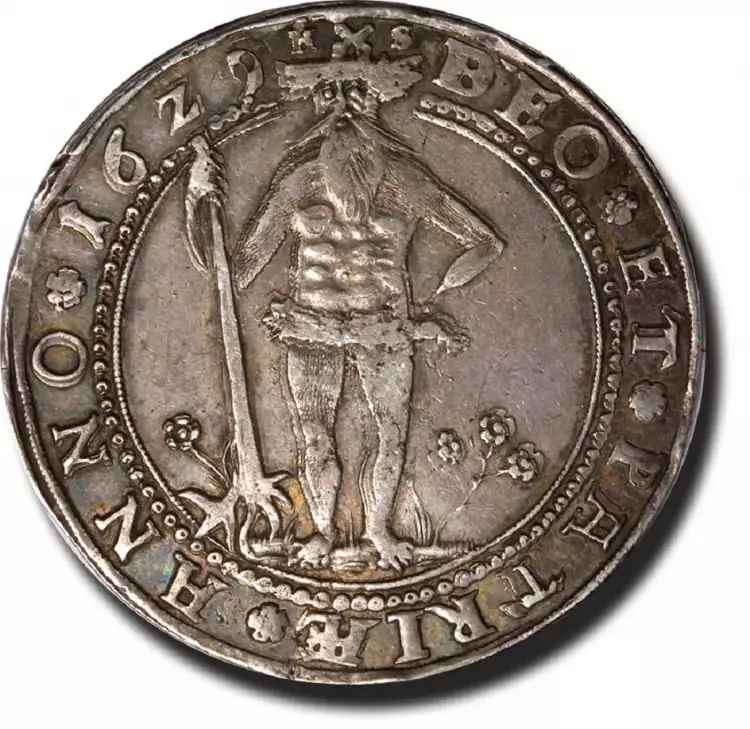 Numismatics. Thaler of the Principality of Brunswick, 1629
Numismatics. Thaler of the Principality of Brunswick, 1629
The situation changed drastically only during the Industrial Revolution, after the formation of a prosperous middle class. Numismatics became an officially recognized scientific discipline, and coins from the Middle Ages, foreign, and exotic currencies became objects of great interest for collectors among merchants, bankers, high-ranking civil servants, and intellectuals. Specialized numismatic societies and associations emerged in developed countries, along with periodic publications (newspapers and magazines), exhibitions, and institutions for the authentication and evaluation of coins.
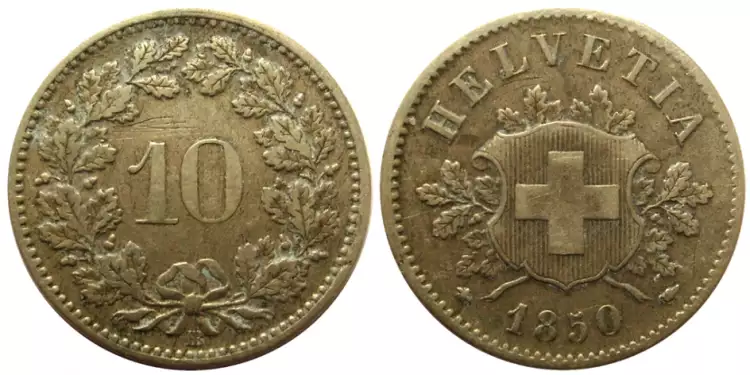 Numismatics. Coin of 10 Swiss centimes, 1850
Numismatics. Coin of 10 Swiss centimes, 1850
Since the mid-20th century, coin collecting has become firmly associated with profitable long-term investments for many people, although at the same time, a huge number of counterfeits appeared on the market. The inhabitants of our planet began to collect thematic collections, including:
- By countries.
- By years of issue.
- By design features.
- By alloy composition (fineness).
- By symbols and currency denominations.
- By historical epochs.
- By shape and size.
- By denomination.
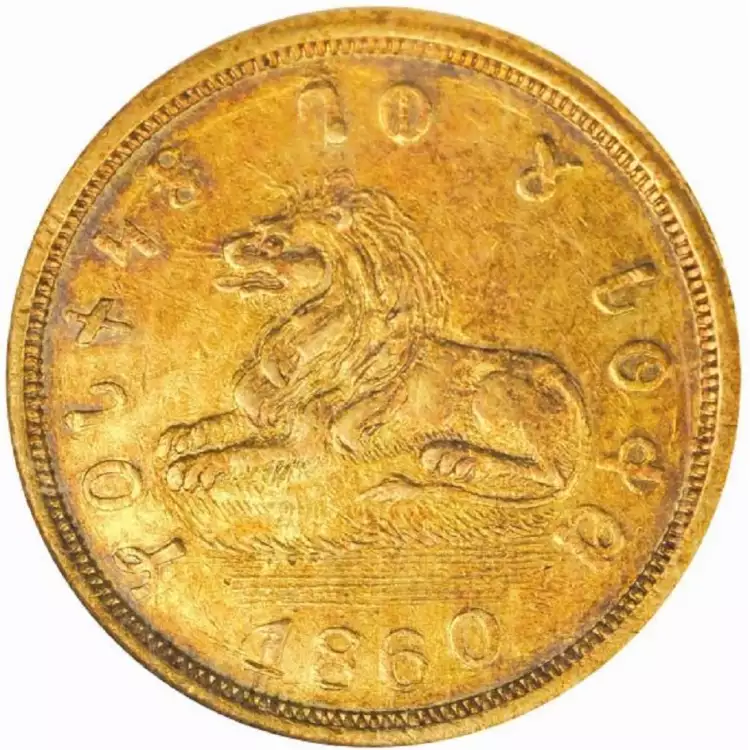 Numismatics. Mormon $5 gold coin, 1860
Numismatics. Mormon $5 gold coin, 1860
Limited edition coinage with unique factory defects is in high demand among collectors. With the development of the internet, numismatists have gained unique opportunities for communication, exchange, sale, and purchase of coins worldwide in online mode.
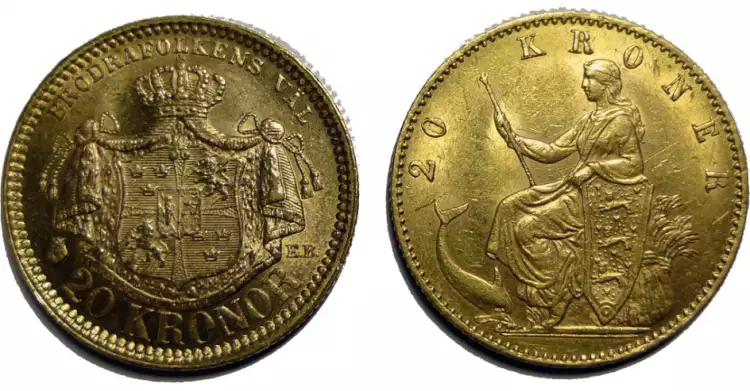 Numismatics. Two 20 kroner gold coins of the Scandinavian Monetary Union, late 19th century
Numismatics. Two 20 kroner gold coins of the Scandinavian Monetary Union, late 19th century
Close relatives of numismatics: exonumia, scripophily, phaleristics, bondistics, and medallics
From the almost 200 years of numismatics' existence, a whole range of related scientific disciplines has emerged, including:
- Exonumia - collecting coin-like signs (tokens, medals, medallions, chips, tokens).
- Scripophily - collecting out-of-circulation securities (stocks, certificates, bonds, bills of exchange, debentures).
- Phaleristics - the study and collection of orders, badges, plaques, uniform accessories, and award documents.
- Bondistics - collecting paper banknotes, bonds, and checks.
- Medallics - collecting and studying medals (awards).
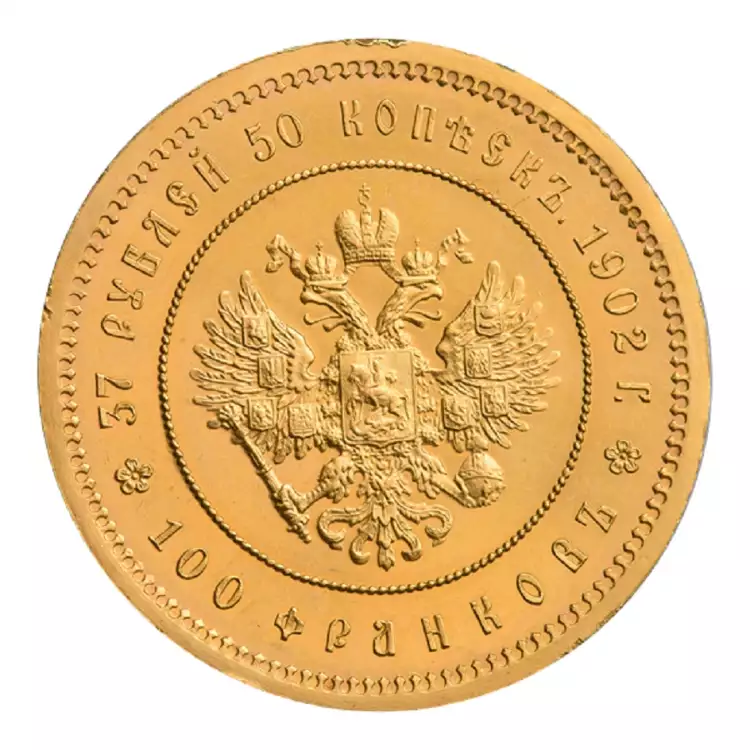 Numismatics. Tsar's coin of 37 roubles 50 kopecks or 100 francs value, 1902
Numismatics. Tsar's coin of 37 roubles 50 kopecks or 100 francs value, 1902
7 interesting facts from the field of numismatics
In the history of humanity, there are many notable events directly related to coins and other monetary signs. Here are 10 interesting facts from the field of numismatics:
- The most expensive coin in the world is the 1912 $20 US gold coin, designed by sculptor Augustus Saint-Gaudens. At one of the auctions in the early 21st century, an unknown collector purchased this rarity for $7.5 million.
- On the 10-cent Swiss coin (1/10 franc), the name of the monetary unit is not specified because it sounds different in the country's four official languages ("rappen" in German, "centime" in French, "centesimo" in Italian, "rap" in Romansh).
- In Ancient Greece and Rome, copper coins were made not of copper but of bronze or brass.
- In Russia, in 1902, coins with the most unusual denomination in the country's history - 37 rubles and 50 kopecks - were minted in a quantity of 235 pieces.
- In the mid-19th century, Mormons in the territory of present-day Utah, USA, struck coins with symbols of the unique Deseret alphabet.
- Part of the first coins of the independent state of Israel were printed at a factory that produced cutlery in the city of Holon.
- In Ancient Rome, a special token called "spintria," in the form of a round coin made of bronze or silver with an image of a sexual act, served as a means of payment in public brothels.
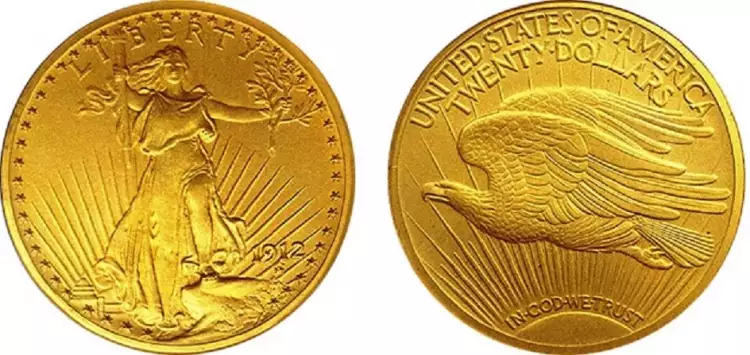 Numismatics. 20 St. Gaudens dollars, 1912
Numismatics. 20 St. Gaudens dollars, 1912
Since its appearance in the mid-19th century, numismatics belongs to one of the most demanded historical disciplines. Unique coins are of interest not only to scholars but also to a vast number of potential investors and collectors from all corners of our planet.
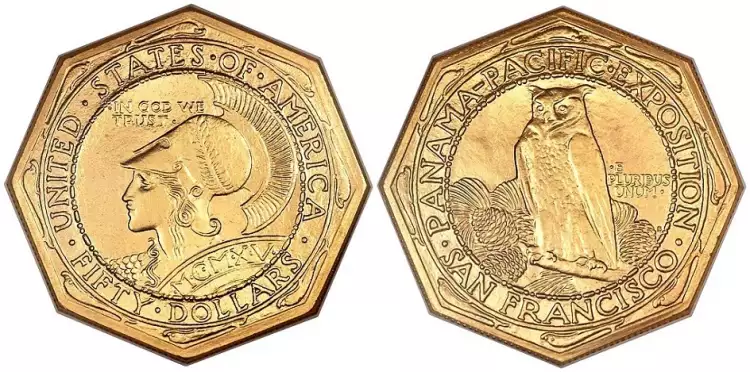 Numismatics. Commemorative coin in honour of the Panama-Pacific Exposition, 1915
Numismatics. Commemorative coin in honour of the Panama-Pacific Exposition, 1915
 Design is a captivating process of artistic planning
Design is a captivating process of artistic planning 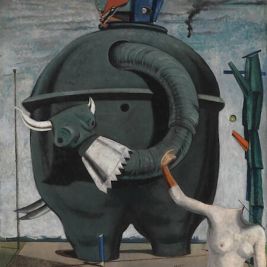 Modernism in painting - a different interpretation of reality
Modernism in painting - a different interpretation of reality 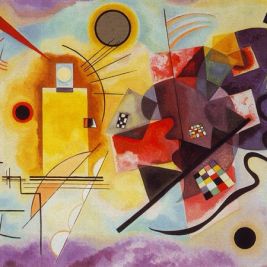 Avant-garde - the vanguard of the bold and resolute. Avant-garde styles in painting
Avant-garde - the vanguard of the bold and resolute. Avant-garde styles in painting  Birmingham silver - the beauty and elegance of small forms
Birmingham silver - the beauty and elegance of small forms 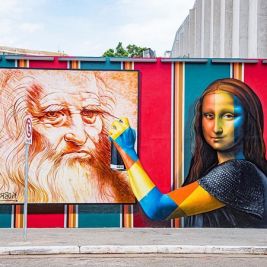 Mural - monumental urban art of immense scale
Mural - monumental urban art of immense scale 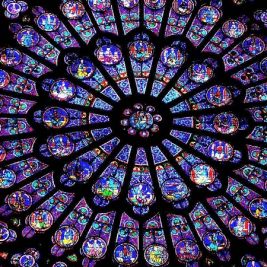 Stained glass is a grand masterpiece of monumental art made from small pieces of colored glass
Stained glass is a grand masterpiece of monumental art made from small pieces of colored glass  Empire: Expensive, Luxuriously, Militantly
Empire: Expensive, Luxuriously, Militantly  Digital and Interactive Art: Redefining User Experience in Contemporary Art
Digital and Interactive Art: Redefining User Experience in Contemporary Art  Cubism - a modernist style in 20th-century painting: the essence of the movement, history, and stages of development
Cubism - a modernist style in 20th-century painting: the essence of the movement, history, and stages of development 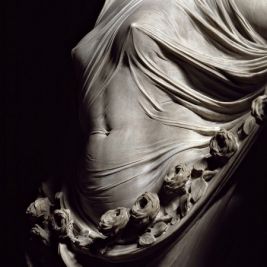 Marble Veil: Trompe-l'oeil Technique in Sculpture
Marble Veil: Trompe-l'oeil Technique in Sculpture